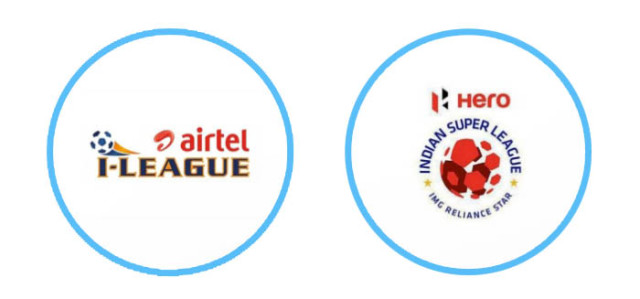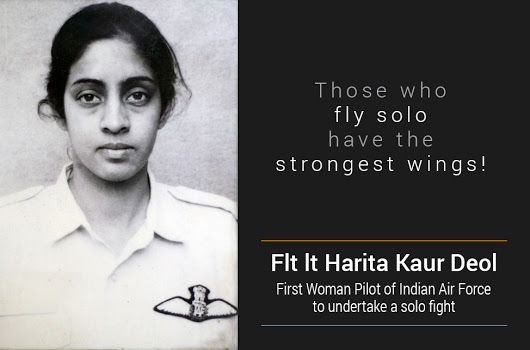It’s been a month since the conclusion of the Indian Super League (ISL) season which saw goals galore, many highs, and some lows, and the I League has just begin this week, with the newly promoted Aizawl FC making a promising debut against the defending Champions Mohun Bagan. Though the minnows lost, they had a positive showing and won the hearts of all viewers. With wins for Bengaluru FC and East Bengal FC in the ensuing matches, the I League season had a great start, with better telecast quality as well as a better level of gameplay as compared to previous years. So, with that in mind, here we list down a few things that the ISL and the I League can learn from one another.

Overall Quality of the Package
The quality of I League’s telecast has improved this year, but even then, it still isn’t as good as the broadcast quality of the ISL. One of ISL’s strongest selling points has been its branding and packaging, delivering an entertaining product, but also packaging it in such a way that the viewer found the entire experience stimulating. With classic commentators and a good telecast system, the ISL was more than a match, it was turned into a stimulating experience. The I League, for all its improved quality, must package themselves better if they are to be made attractive to audiences beyond die-hard fans.
Marketing & Advertising Themselves
The ISL has strong investment from some of the biggest names in the business. With the backing of the likes of IMG Reliance, they have made sure to advertise their product in an attractive manner, drawing huge crowds to stadiums. They have also used their power to rope in the biggest stars to attract larger crowds to the television. This has in turn helped them get greater TRP ratings.
By showing the matches on their HotStar app, they have opened the games to another audience which is always on the move, or prefers watching games on their phones and tablets, or if the TV is otherwise occupied.
Grassroots Programmes
Despite their promises and many assurances, the ISL still does not have a strong grassroots program, while the I League, which is not as rich a league, has had to rely on creating a strong youth program to develop talent. This has led to the emergence of many strong players, especially from the far reaches of India, with two of them – Lallianzuala and Borges getting promising full India debuts, though none of the ISL teams took a punt on them.
Exhibition, not Tournament
For all its star power and monetary strength, the ISL is only seen as a 2-3 month football bonanza, and not as a serious tournament. Rather, it is looked at as an exhibition tournament where foreign players past their prime, or those in the sunset of their careers, are coming for one final big paycheck before retiring. This has to change, and strong players, even if they aren’t famous, are needed, if the league and the quality of football is to improve.
Scouting
The I League has had to develop a strong scouting system to get in the best players from all over the country to make up for their relative weakness in terms of financial prowess. This has been beneficial in finding and developing talents from all parts of the country. The ISL should follow suit and begin their own search to find greater talents, and set up a strong scouting network, even an international one.
A long time ago, a 16 year old kid scored an overhead kick in a local tournament, and was seen by a wandering scout. Many years later, that kid led the Indian team strongly, and retired in a friendly against the German giants, Bayern Munich. That man was Bhaichung Bhutia. The search for the next Bhaichung Bhutia continues. He can only emerge with the help of a strong youth programme and scouting network.
The country has the talent. Find them, nurture them, turn them into winners. The ball’s in your court now.






























